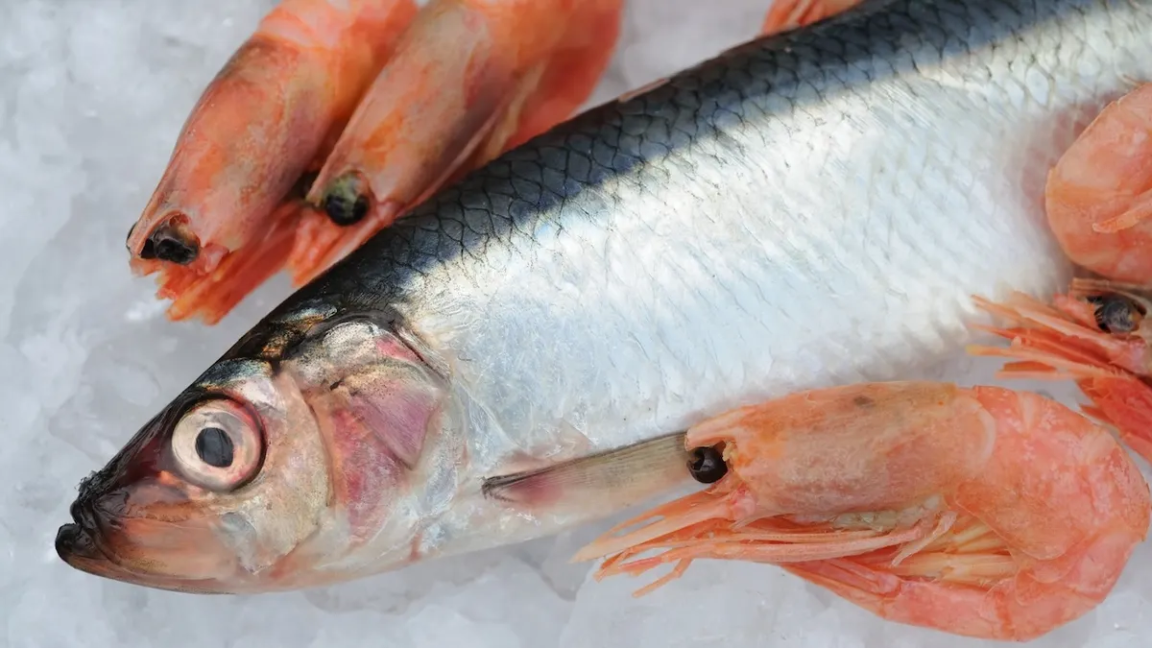Microplastics have been found in almost all seafood samples examined off the western U.S. coast, according to a new research headed by Portland State University (PSU).
Black rockfish, lingcod, Chinook salmon, Pacific herring, Pacific lamprey, and pink shrimp were among the six common species.
Whose edible tissues included these “anthropogenic particles”—materials created or altered by humans. A startling 180 of the 182 seafood samples had microplastics in them.
Chinook salmon had the lowest concentration, whereas pink shrimp had the highest. “We found that the smaller organisms that we sampled seem to be ingesting more anthropogenic,
Non-nutritious particles,” said Elise Granek, a microplastics researcher and co-author of the study. This is not a unique discovery. About 88% of protein samples,
Including meat and fish, were found to be contaminated with microplastic particles, according to a thorough investigation conducted by the organization Ocean Conservancy.




